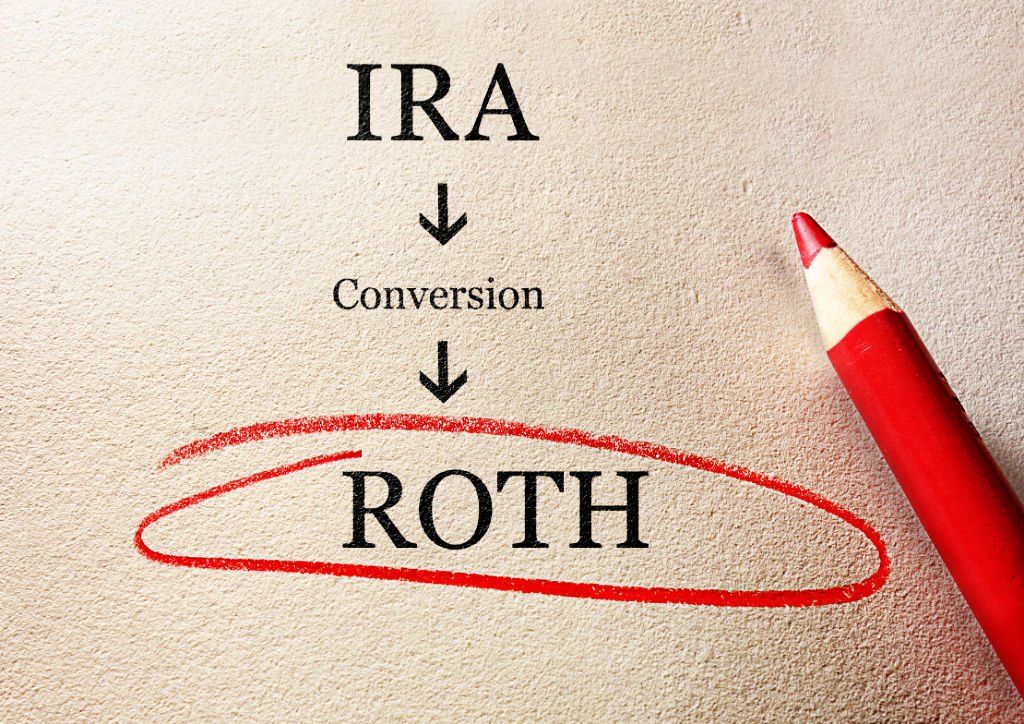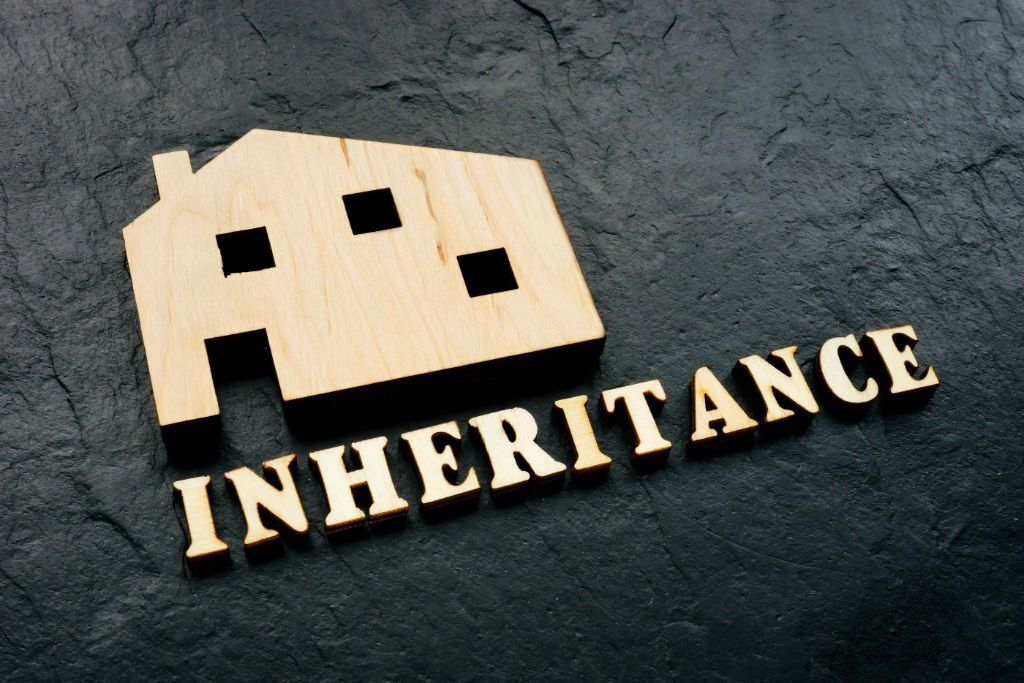COVID-19 Financial Relief: What You Should Know

To provide some relief for the severe economic blow of the COVID-19 pandemic, the government passed the Coronavirus Aid, Relief, and Economic Security (CARES) Act into law on March 27, 2020.
Sign up to receive my free monthly email articles on retirement planning--no cost, no obligation
.
The most unusual aspect of this bill is direct payments to taxpayers who were under certain income limits in 2019. Individuals will receive $1200 if their AGI was under $75,000. Married couples will receive $2400 if their AGI was less than $150,000. Those making above the AGI limits will receive phased-out reduced payments. An additional $500 is added for each qualified child.
For retirement accounts, the CARES Act eliminates the 10% early withdrawal penalty on distributions for “Coronavirus-Related Distributions” and allows paying the income taxes over three years. It also permits contributing back to the same accounts to make up for the distributions.
The CARES Act also suspends Required Minimum Distributions (RMDs) in 2020 and allows the return of current-year distributions under certain conditions.
There are many other provisions in this $2.3 trillion stimulus package, but these are some of the most pertinent ones for retirees.
Here is a checklist of the emergency relief options you should consider.
As for receiving your stimulus check, here are two links that will help you better understand the rules and expedite your payment if you qualify.
https://www.investopedia.com/the-quickest-way-to-get-your-stimulus-check-4801589
https://www.irs.gov/coronavirus/get-my-payment
This huge government spending package (and there may be more to come) increases the U.S. federal debt and the potential for reawakening inflation. It is a poorly designed package with lots of wasteful spending, and there will be a day of reckoning. However, those in leadership are focused on the immediate goal of minimizing Coronavirus deaths and easing the economic destruction that the prescribed health measures are causing.
No one knows the future, but it seems that the difference between this crisis and the great depression is the vastly different financial response by the government and the hopefully shorter duration of the underlying cause.
So how long will this pandemic loom over our heads? If we’re being realistic, certain restrictions will likely stay in place until we can get our hands on a vaccine. It’s disheartening of course to imagine our current way of life as being the new normal.
Fortunately, we can look forward to the coming months where we’ll more likely than not start seeing more and more progress being made in terms of treatment and lifted restrictions.


Travis Echols , CRPC®, CSA
Receive free Social Security Guide by email




Investment Advisory Services offered through JT Stratford, LLC. JT Stratford, LLC and Echols Financial Services, LLC are separate entities.











